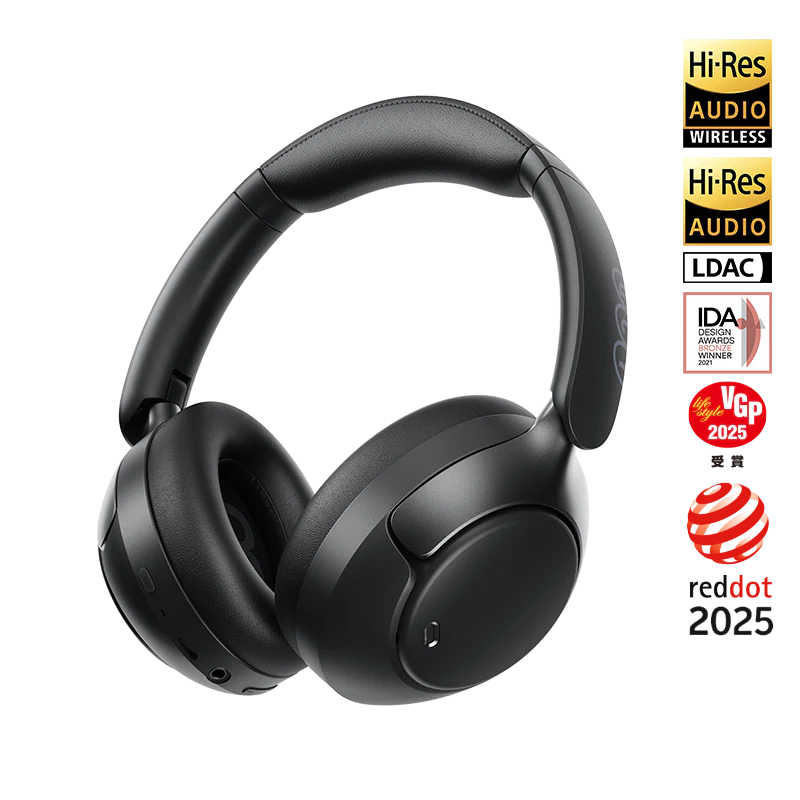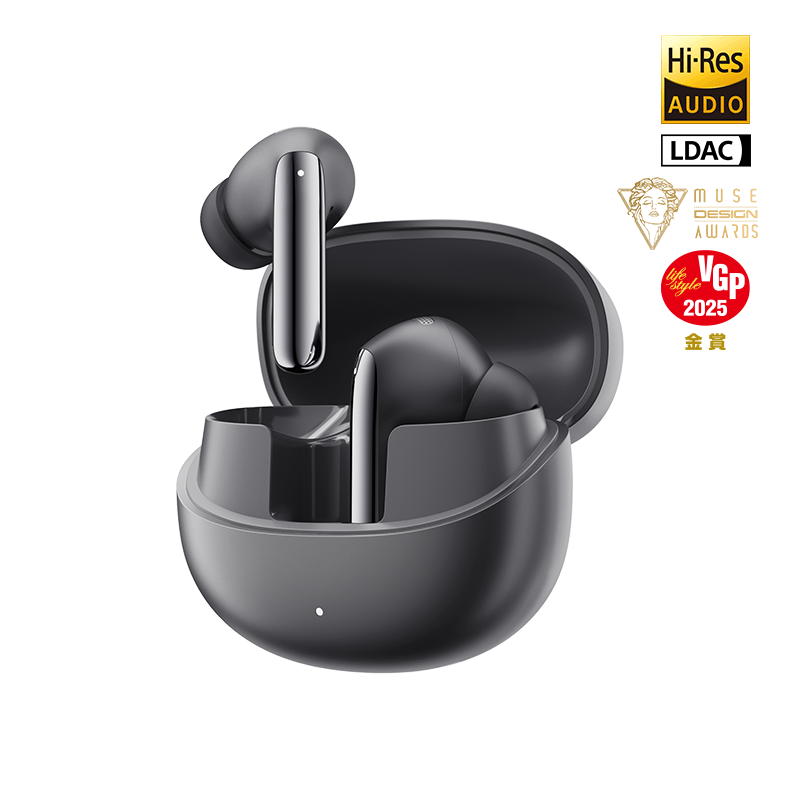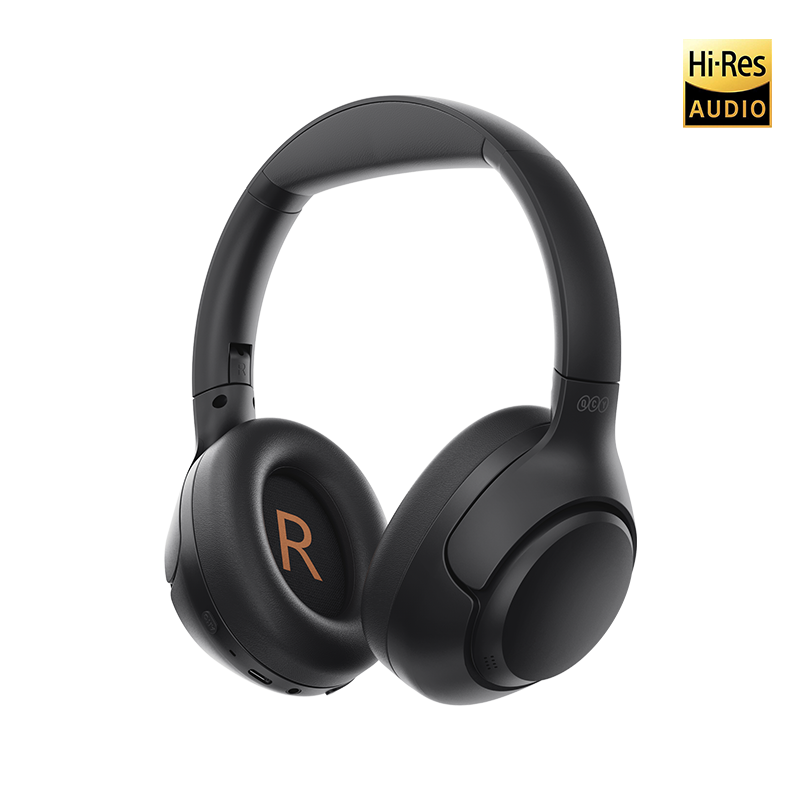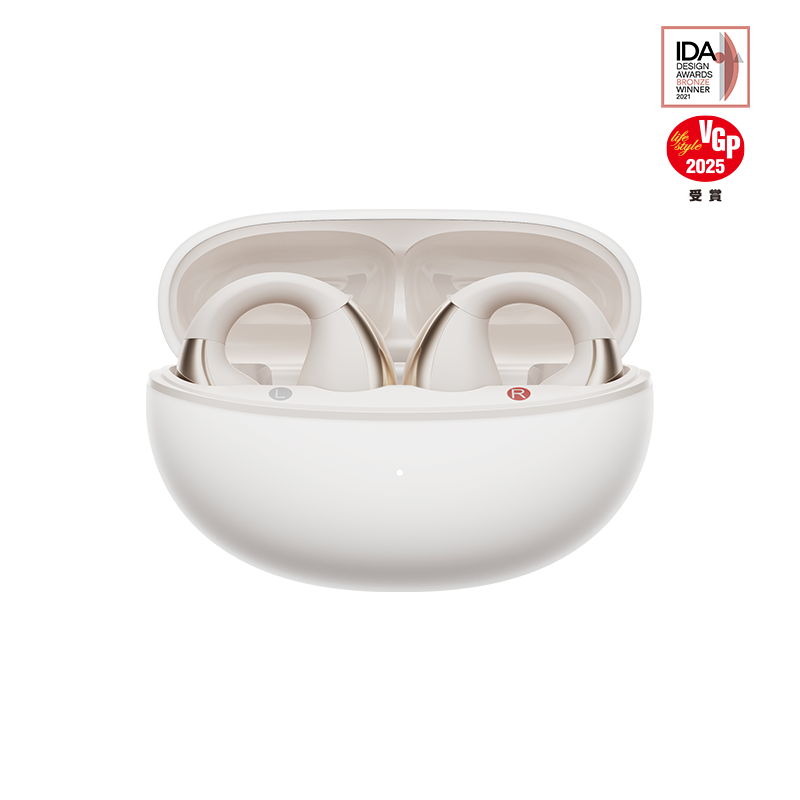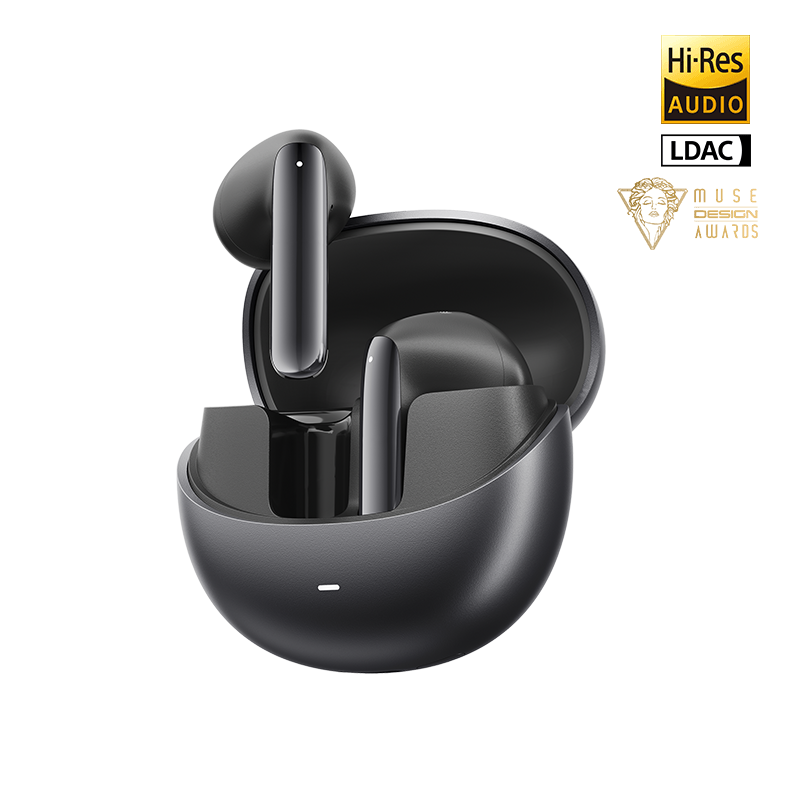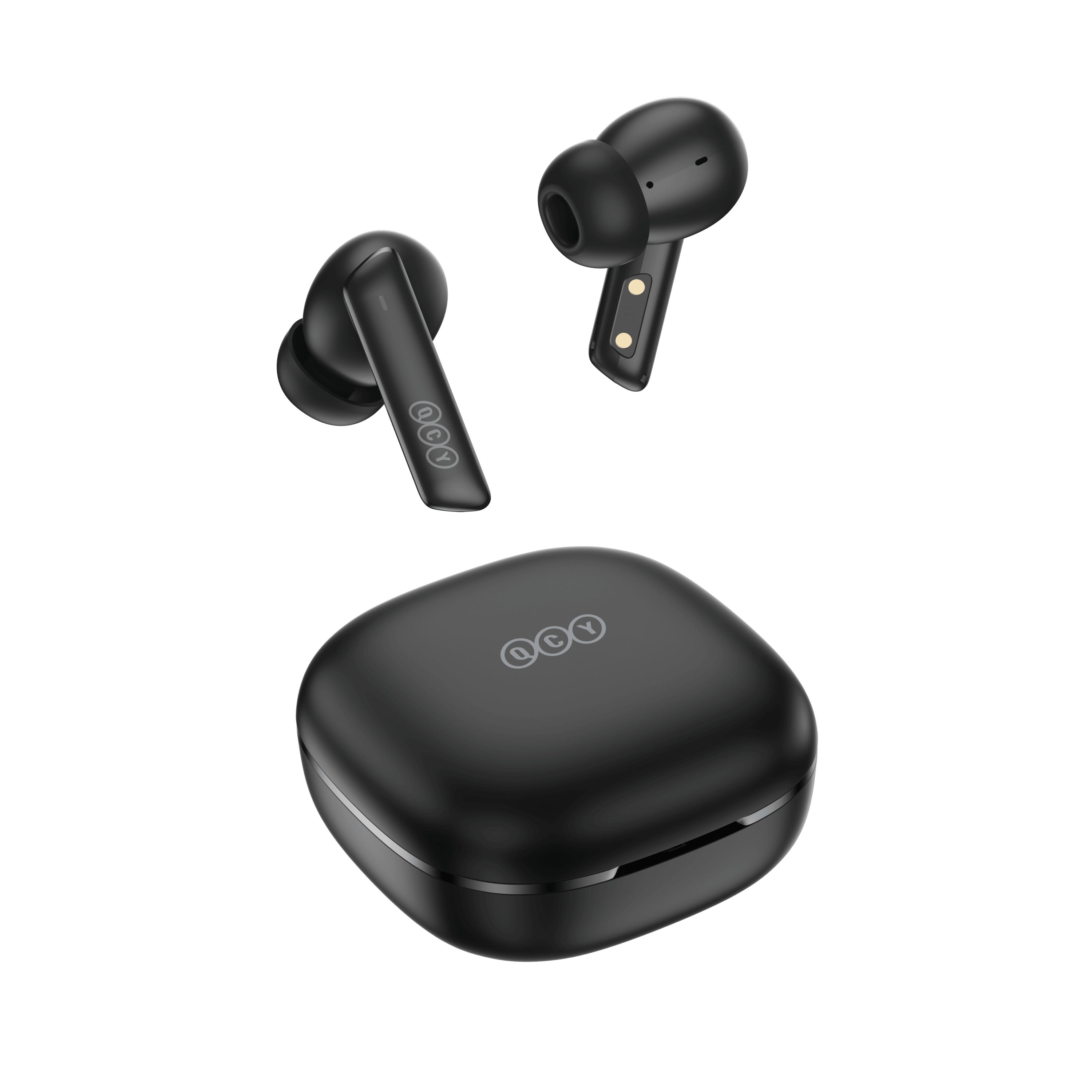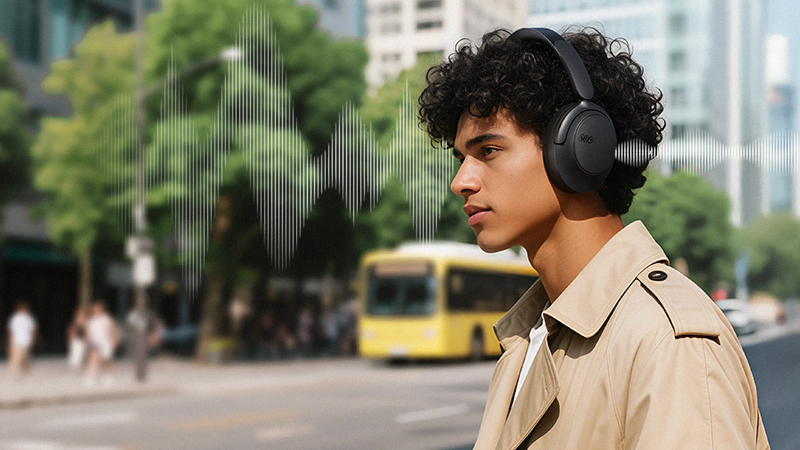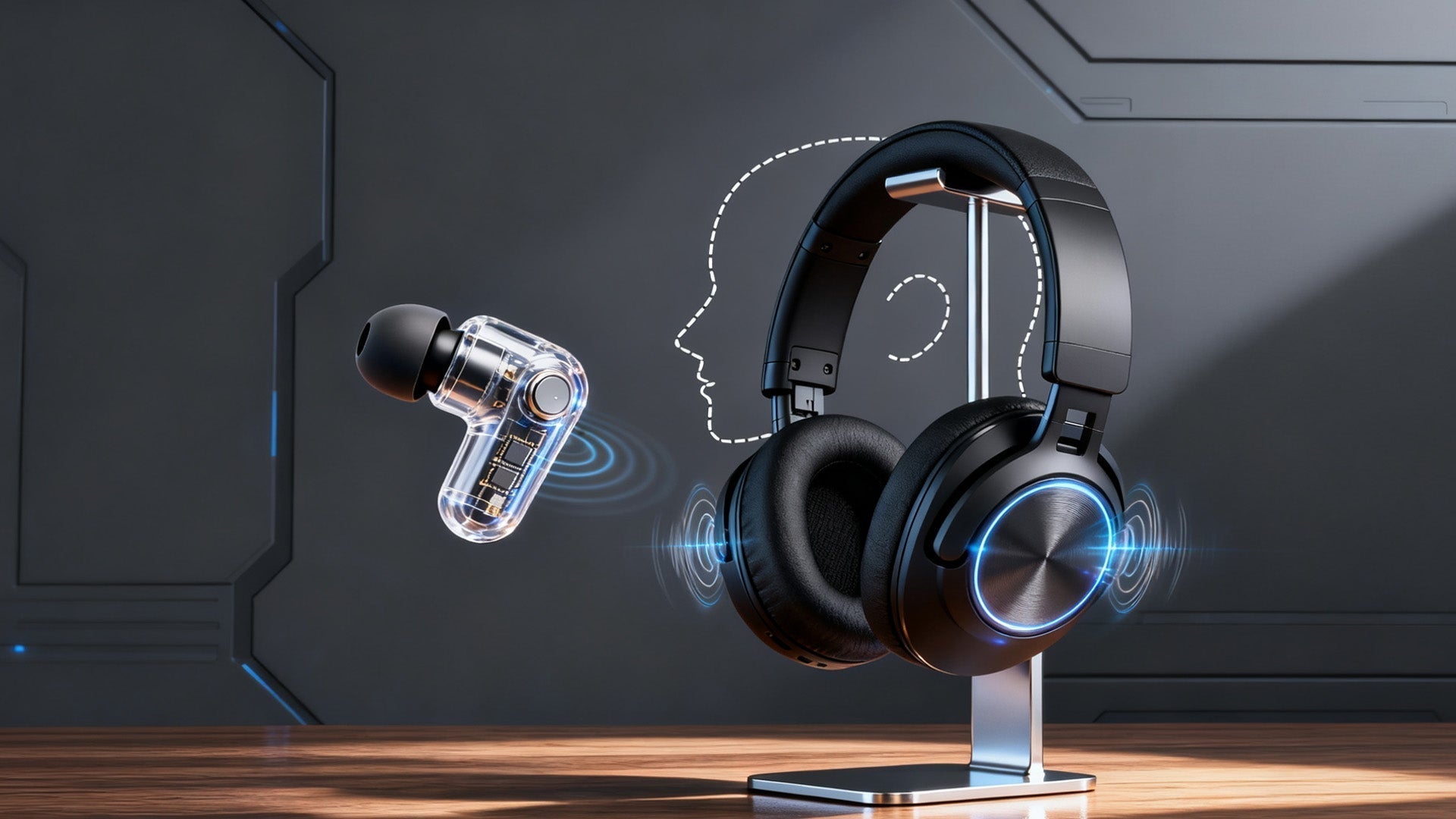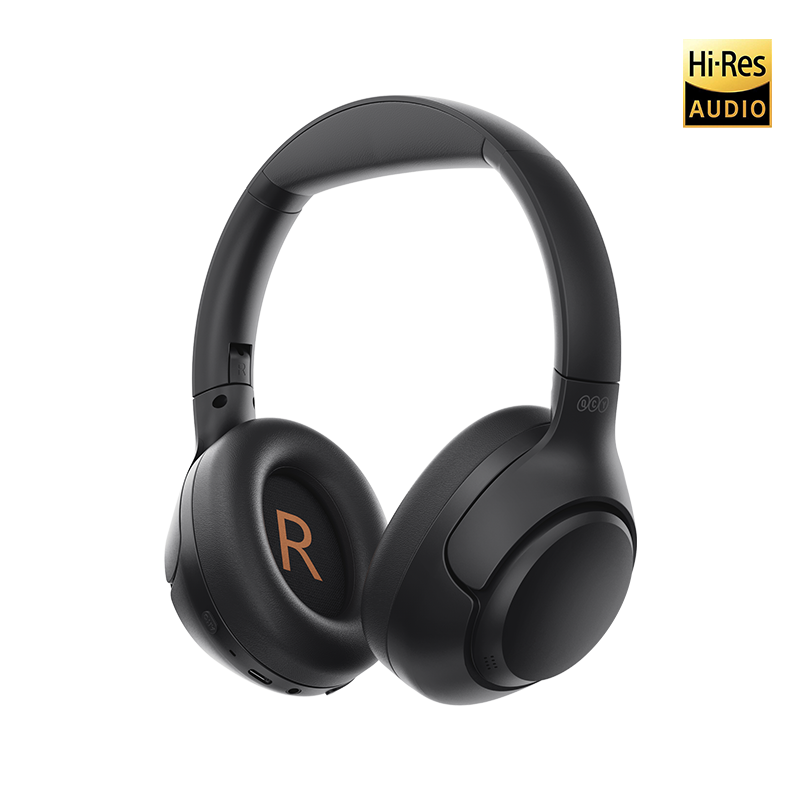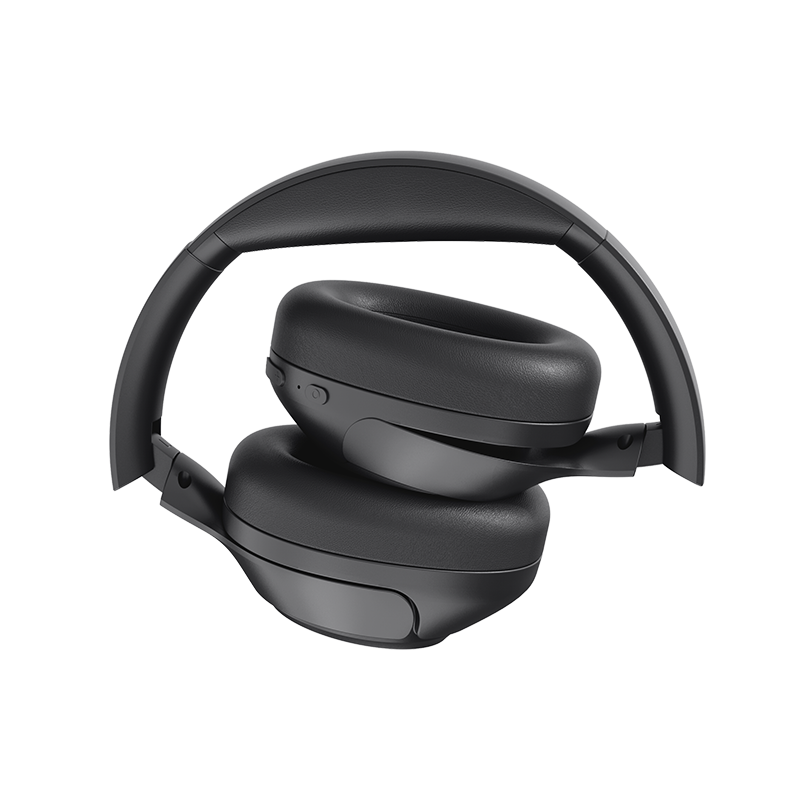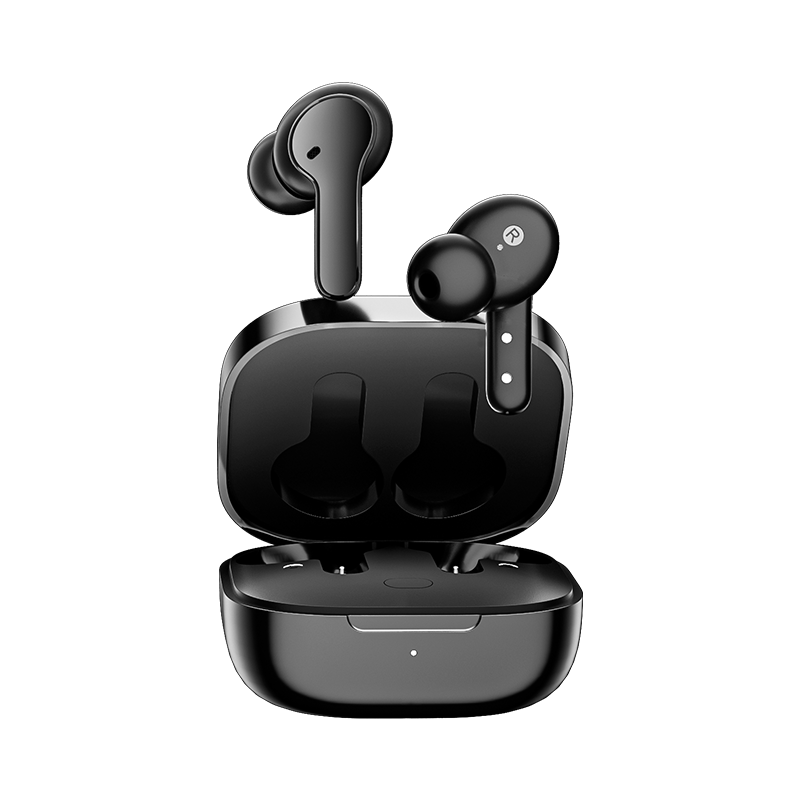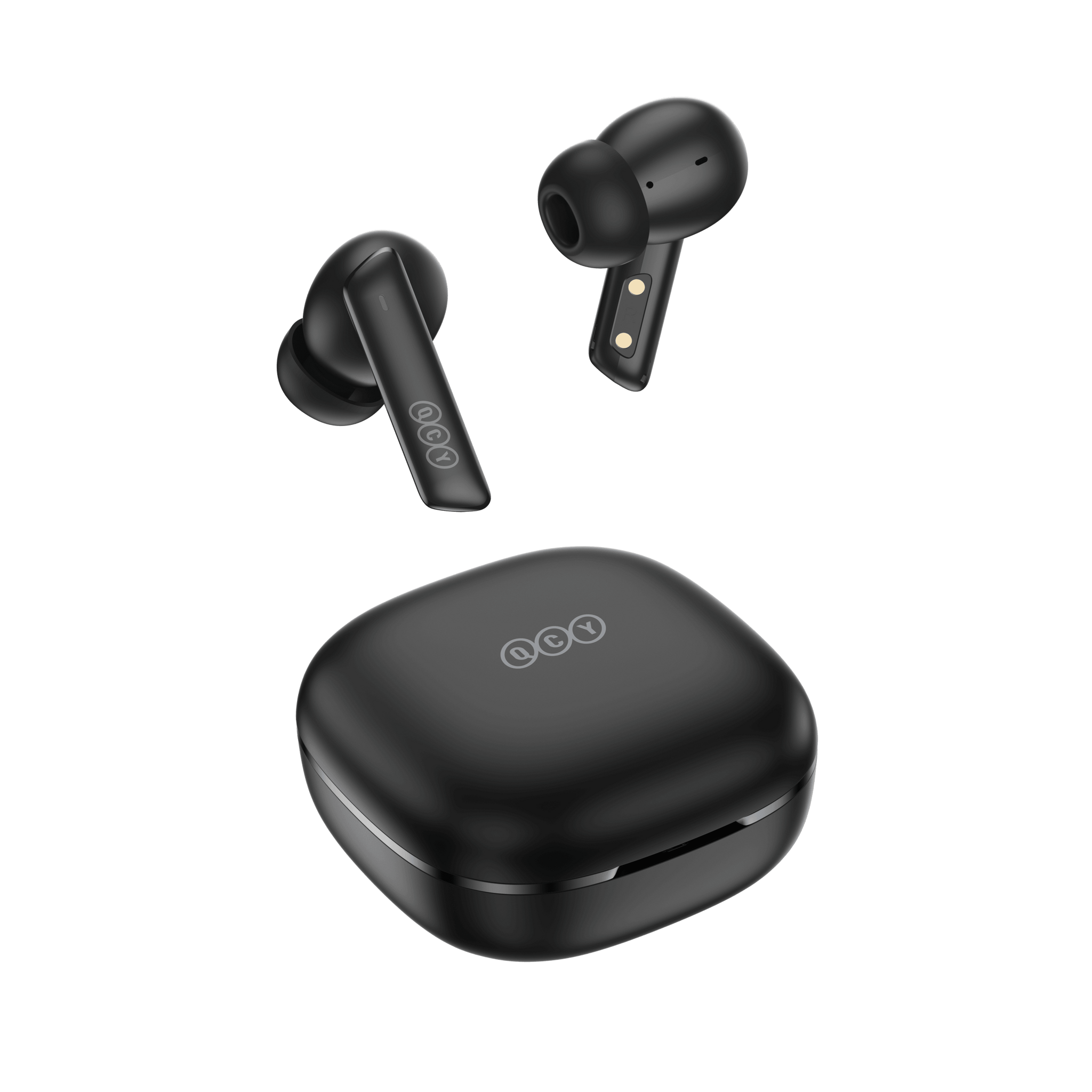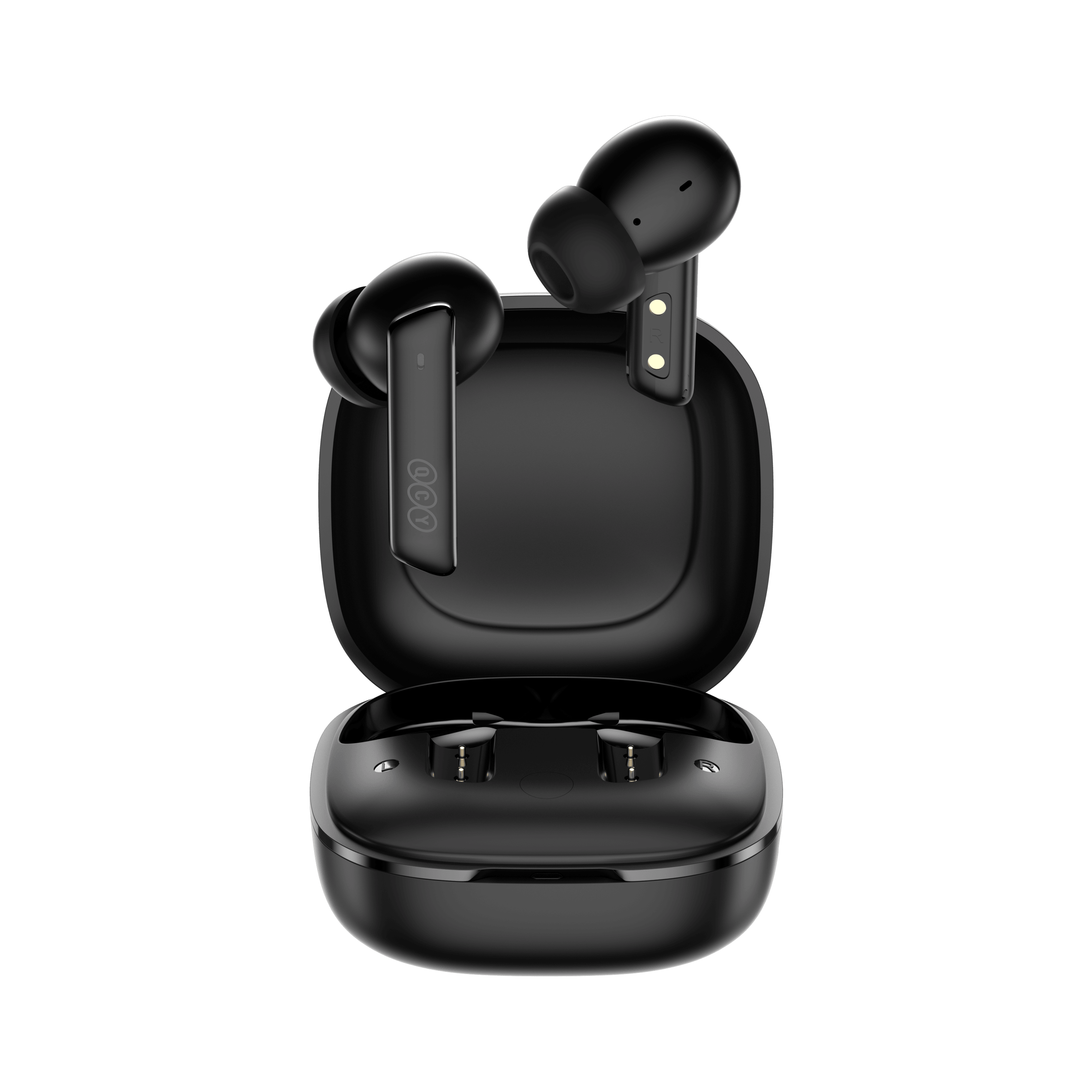
Compreendendo Bluetooth, EMF e sua saúde
Fones de ouvido sem fio dominaram o mundo da áudio. Do seu trajeto matinal ao treino na academia, eles oferecem uma conveniência incrível e uma experiência auditiva sem fio. Mas com a crescente popularidade, uma preocupação comum também surgiu: os fones de ouvido sem fio emitem radiação? E se sim, ela é prejudicial?
Neste artigo, analisaremos a ciência por trás da radiação, como funcionam os fones de ouvido sem fio e o que as autoridades de saúde globais dizem sobre os potenciais riscos à saúde. Seja você preocupado com a exposição a campos eletromagnéticos ou simplesmente curioso, este guia abrangente ajudará você a entender a realidade por trás das manchetes.
1. O que é radiação?
Tipos de Radiação
A radiação se divide em duas categorias principais:
- Radiação ionizante : Radiação de alta energia, como raios X, raios gama e raios ultravioleta. Podem alterar o DNA e aumentam o risco de câncer com exposição prolongada.
- Radiação não ionizante : radiação de baixa energia usada em dispositivos do dia a dia. Inclui micro-ondas, luz visível e radiação de radiofrequência (RF) de Wi-Fi, celulares e dispositivos Bluetooth.
Fones de ouvido sem fio emitem radiação RF não ionizante , principalmente por meio da tecnologia Bluetooth.
2. Como os fones de ouvido sem fio usam a radiação?
Fones de ouvido sem fio contam com a tecnologia Bluetooth para transmitir áudio sem fio do seu smartphone, computador ou tablet. O Bluetooth opera na banda de frequência de 2,4 GHz , que está na mesma categoria de roteadores Wi-Fi e babás eletrônicas.
Durante todo esse processo, a radiação de RF emitida é mínima — normalmente abaixo de 1 miliwatt (mW) de potência. Para efeito de comparação:
- Um celular próximo ao ouvido pode emitir até 1000 mW durante uma chamada.
- Um roteador Wi-Fi emite cerca de 200 mW.
- Um fone de ouvido Bluetooth emite menos de 2,5 mW (geralmente próximo de 1 mW).
Então sim, fones de ouvido sem fio emitem radiação , mas o tipo e a potência são muito importantes.
3. Quanta radiação os fones de ouvido sem fio emitem?
A principal medida usada para avaliar a exposição à radiação é a SAR (Taxa de Absorção Específica) . A SAR mede a taxa na qual seu corpo absorve energia de RF de um dispositivo.
Os fones de ouvido Bluetooth geralmente operam muito abaixo dos limites da FCC, geralmente abaixo de 0,01 W/kg .
Por exemplo:
- Os AirPods Pro da Apple têm um nível de SAR em torno de 0,07 W/kg .
- Muitos fones de ouvido sem fio QCY operam com uma potência ainda mais baixa, dada sua saída de energia ultrabaixa.
4. O que dizem as autoridades de saúde?
Diversas organizações respeitadas pesquisaram a radiação de RF e seus efeitos na saúde humana. Eis a conclusão:
- Organização Mundial da Saúde (OMS) : “Até o momento, não foram estabelecidos quaisquer efeitos adversos à saúde causados pelo uso de telemóveis.”
- FCC : “Dispositivos que atendem aos limites de exposição da FCC são considerados seguros em condições normais de uso.”
- Cancer Research UK : “Não há boas evidências de que a exposição à radiação de RF de telefones celulares, Wi-Fi ou dispositivos Bluetooth cause câncer.”
5. Bluetooth vs. Celulares: Uma Grande Diferença
| Dispositivo | Saída aproximada | SAR (Área da Cabeça) |
|---|---|---|
| Smartphone | ~1000 mW | 0,5 – 1,6 W/kg |
| Roteador Wi-Fi | ~200 mW | Não usado fechado |
| Fones de ouvido Bluetooth | ~1–2,5 mW | 0,01 – 0,1 W/kg |
| Fones de ouvido QCY H3 | ~1 mW | <0,05 W/kg |
6. E quanto ao câncer ou tumores cerebrais?
Até 2024, nenhum estudo havia vinculado definitivamente o uso de fones de ouvido Bluetooth ao câncer ou tumores cerebrais . A maioria das pesquisas atuais corrobora a segurança da radiação RF não ionizante de baixa intensidade.
7. Há pessoas em maior risco?
A maioria das pessoas não tem motivos para se preocupar. No entanto, cuidados extras podem ser considerados para:
- Crianças : Seus crânios são mais finos e ainda estão em desenvolvimento.
- Pessoas com hipersensibilidade eletromagnética (EHS) : uma condição controversa, mas relatada, de sensibilidade a CEM.
8. Como reduzir a exposição se você estiver preocupado
- Use fones de ouvido com menor potência de saída (como QCY H3 ou T17).
- Limite o uso prolongado de fones de ouvido próximos à cabeça.
- Use o modo viva-voz para chamadas telefônicas longas.
- Retire os fones de ouvido quando não estiverem em uso.
9. Fones de ouvido com fio são 100% seguros?
Fones de ouvido com fio não emitem radiação de RF, mas podem canalizar campos eletromagnéticos muito fracos de dispositivos conectados. No entanto, tanto fones de ouvido com fio quanto sem fio são seguros quando usados corretamente.
10. Por que escolher fones de ouvido sem fio QCY?
Os fones de ouvido QCY oferecem:
- Bluetooth 5.3 para eficiência energética e redução de saída EMF.
- Baixo perfil de radiação , normalmente abaixo de 2,5 mW.
- Som de alta fidelidade com cancelamento de ruído ativo (ANC).
Modelos recomendados:
- QCY H3 : conforto sobre a orelha e bateria de longa duração.
- QCY T13 : Fones de ouvido compactos e de baixo EMF.
- QCY HT05 : ANC híbrido com som potente.
Conclusão: Fones de ouvido sem fio são seguros?
Sim — fones de ouvido sem fio emitem radiação, mas é do tipo não ionizante e de baixa energia que os especialistas consideram seguro. A exposição à RF de fones de ouvido Bluetooth é muito menor do que a de smartphones . Evidências científicas não comprovam grandes riscos à saúde decorrentes do uso regular .
Se você quer aproveitar a liberdade sem fio sem comprometer a saúde, os fones de ouvido QCY são uma escolha inteligente e segura!











